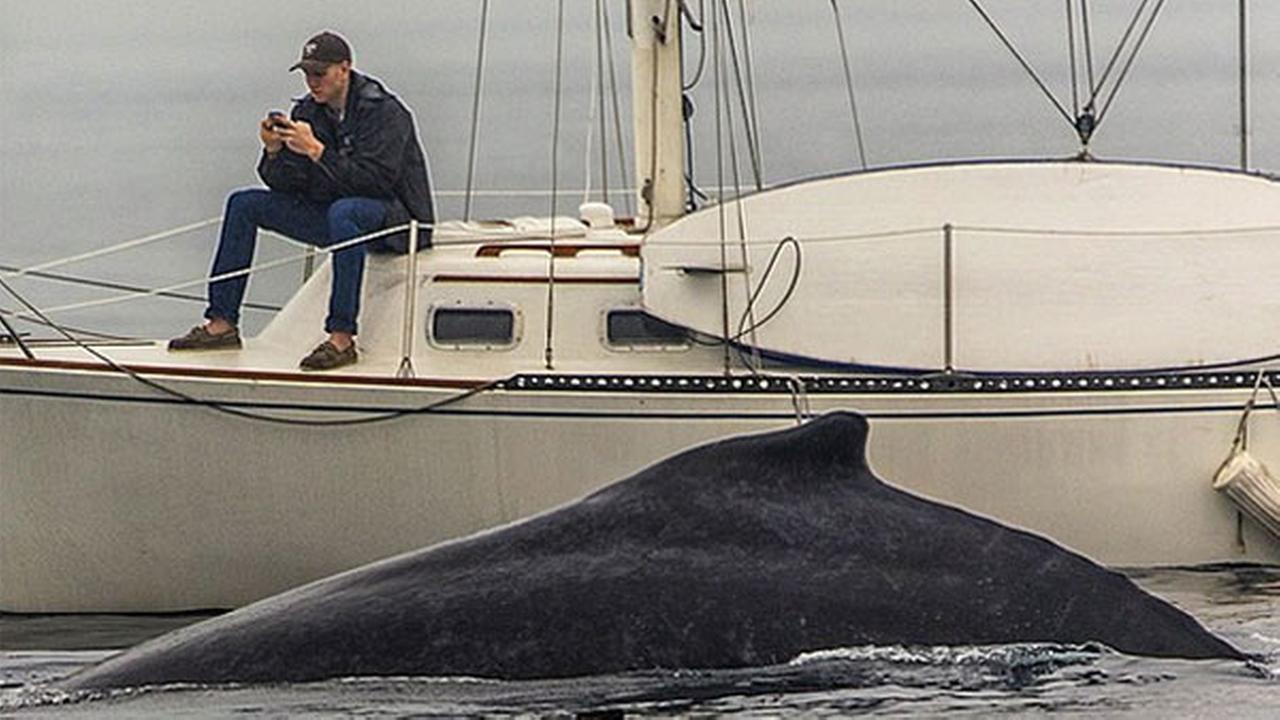The Delight Conference, run by Connective DX in Portland, is billed as a unique two day gathering of designers, technologists and businesses that care about creating experiences people love
Part 3 of 3
Having had a few of weeks to reflect since attending the Delight Conference, what has bubbled to the top - what’s still resonating?
There are three things which are still ringing in my ears:
- We heard from every single speaker about organisational culture in one way or another (Blogpost 1)
- Make sure you’re solving the right problem - get this bit right, and you can do some really awesome stuff. (Blogpost 2)
- Yet the images which are still flashing before my eyes are the short clips that Josh Clarke showed of the possibilities for the future when we move away from using a screen as an interface. More on this here.
This is the last of 3 blog posts which explore these themes further.
Josh Clark of Big Medium treated us to some magic on day two, thinking about how we move away from the screen to using speech, gesture and predictive technology to bridge the gap between the physical and the digital world in an entirely new way, otherwise known as the internet of things.
Be amazed by the hack demonstrated at 6:30mins of the talk - grabbing images from your TV with a hand gesture and pasting it to your mobile phone with a second gesture. There was an audible gasp in the room when this was demonstrated, and it was all hacked together using stuff some of you probably have at home.
As far back as 1982, the goal was to make the computer disappear into the environment, yet we lost our way with our obsession with the screen. Arthur C Clarke said that “any sufficiently advanced technology becomes indistinguishable from magic.” How can we embrace the illusion? How can we hide technology into invisible tools? What happens if you take a regular everyday object and liven it up with sensors, smarts and connectivity? The phone is the first internet of things device for everyone, available at the point of inspiration. We can now add sensors to other things - most notably to our bodies. At the moment we seem obsessed with wedging a screen in between us and the devices and this is reflected in the average smartphone screen time reported as 3:15 hours a day - over 20% of our waking time. The more connected we are, the more disconnected we are from our surroundings. We’ve all been there……..

We’ve been attaching our digital API’s to screens - the trick is to attach it to physical things, making the world a more passive interface. But what does this mean for the non-technical among us? Things like this:
- Augmented Reality Sand Table proof of concept, operated by natural gesture.
- Memory Mirror, first seen in Snow White and the Seven Dwarfs, which can show you the dress in the clothing store dressing room mirror from all angles, then show you the dress you tried on 5 minutes ago, in all the colours available before you send it to your loved one for a second opinion.
- Ever been stuck on a date where you just wished for that really urgent call you just couldn’t ignore - wish no more. Check out the Dorothy Project Ruby Shoes inspired by the Wizard of Oz. All you need do is click your heals to summon an urgent call, taxi or Uber driver to whisk you away!
Since the conference Google backed US startup Magic Leap released footage of their head-mounted virtual retinal display which places interactive 3D digital images into the real world - some have described it as Google Glass on steroids! There is stiff competition from Microsoft's HoloLens, who will be shipping developer versions in the new year.
https://youtu.be/Ln6TZ14xITg
The clear message was that if we want to continue to delight customers, we need to stop thinking about the screen as the interface and start thinking about giving everyday objects a bit of magic. Where better to find inspiration than in fairy tales and fantasy movies?
Golden Krishna of Zappos Labs touched on this too with a brief reference to his Delight Conference talk in 2014 and his book about the design philosophy, both titled ‘The Best Interface is no Interface’ and he demonstrated the practical application of this philosophy with the Bay to Breakers project - by making every object on sale ‘smart’. See my last blog for details.
One thing is for sure, the internet of things is on it’s way - be prepared for a shift in mindset.
If you enjoyed my last 3 blogposts looking at my highlights of the Delight Conference, why not take up a new lunchtime learning activity - check out the speaker slides and vids via this link or sign up to go next year!
